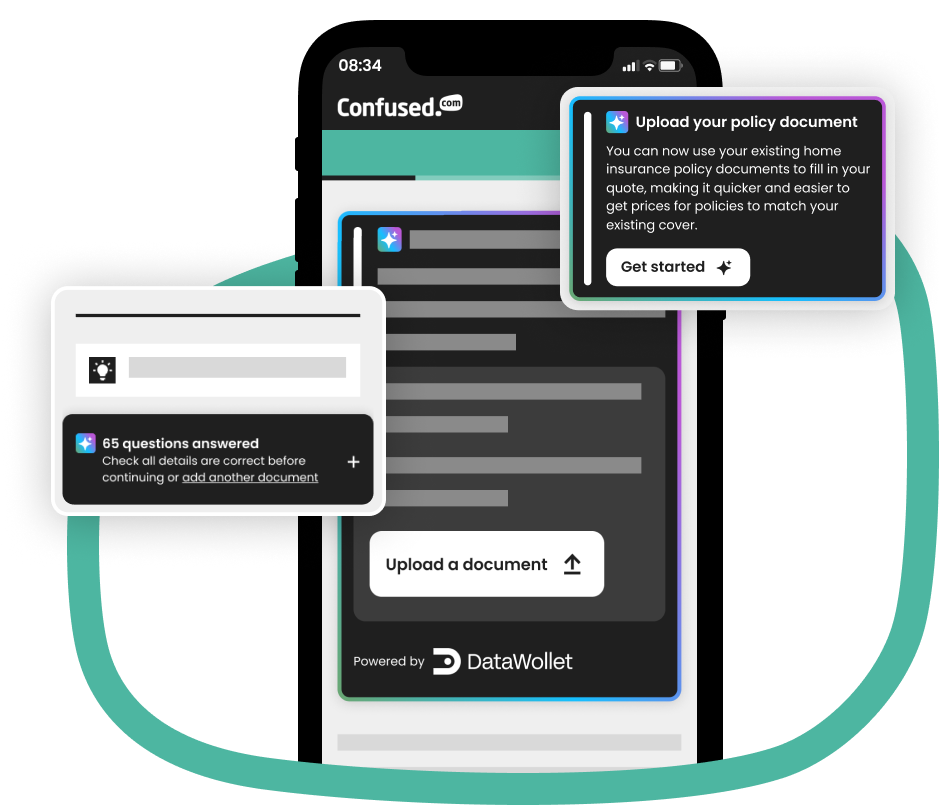Soft furnishings.
Contents insurance can cover your rugs, cushions, pillows, curtains, carpets and basically all your soft furnishings. Usually they're covered for damage due to fire and flooding. But other types of damage might be covered too, for example if a pipe bursts and ruins your carpet.
Accidental damage isn't always included in your contents insurance though. So if you have a small child who likes to destroy things, accidental damage insurance might be a good option.
Food.
It
probably doesn't immediately spring as being covered by your contents insurance. But if your fridge-freezer and its contents are destroyed by a fire or flood, your contents insurance usually covers not only the appliance, but the food inside too.
Equipment for hobbies.
Contents insurance can cover specialist equipment that you use for your hobbies, for example, golf clubs or scuba diving equipment, could be covered by your contents insurance. Like we've mentioned, you might have to buy extra cover for these when you use them away from home.
Precious things.
Your insurance can cover expensive items like artworks or ornamental items that are worth a lot of money. Usually, standard contents insurance has a 'single-item limit'. This means it only covers items up to £1,000, for example.
You've got a couple of options here. The first is that you can add them to your policy as a listed item. Your insurer can add it to your policy for an extra charge but should insure it for it's full value.
Or you can buy specialist contents insurance for your high value item. This should cover items over £1,000 - like a jewellery collection, for example.
Items that aren't in the home.
Your policy should stretch to objects you might keep in your outbuildings too. For example your garden furniture or tools. But anything over £1,000, like sit-on mowers or machinery, will usually have to be listed separately. You should always keep your outbuildings secure and locked. If you don't you could invalidate your contents insurance and your insurer might not pay out if you claim.




















